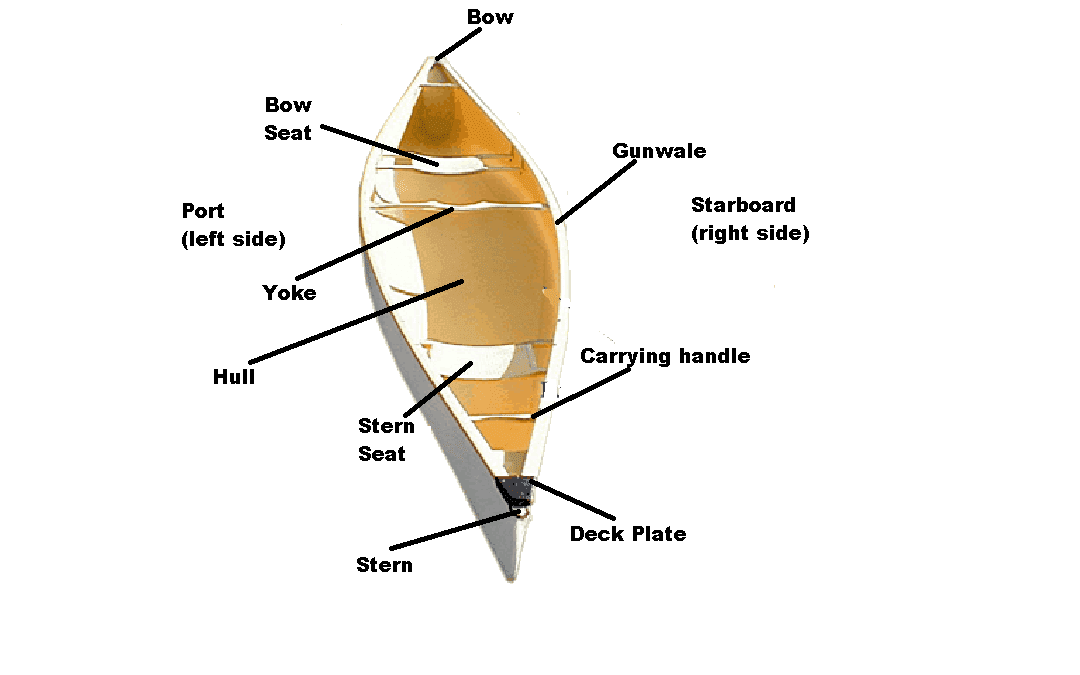Canoe Basics
ou could say we are avid boaters. All of our guides spend time in the outdoors in our off time and we can not get enough of it. From canoe camping trips to whitewater kayaking on the river so Tennessee and North Carolina, we love being on the water. With being avid outdoors people, it is good to know your gear. There are several parts of a canoe we may talk about on our swamp tours. You may hear us say grab the gunwale while trying to move around in your boat and we want to make sure you know what this is. The gunwale is the upper edge of a canoe. They can be made from metal, wood or plastic. If you are moving in the boat, it is easier to move while holding the gunwale and staying as low as you can.
When getting ready for a tandem canoe trip, you need to make sure you know what seat you will need to be sitting in. We usually say the stronger or bigger person sits in the back of a boat. We say that because if the bigger person sits in the front, it causes more drag in the water and could slow down your forward motion. The front seat or bow position is the “engine” and the back seat or stern position does the steering. There are a few basic strokes one needs to know to have a successful trip on the water. One of them is the J-stoke. The stern position will take a forward stroke and before they take the paddle out of the water they will make a “J” in the water. That will turn the boat toward the side the paddle is on. The other stroke is called the C-stroke or Sweep stroke. The stern paddler will start with their arm extending the paddle toward the front and proceed to move the paddle in a “C” shape toward the back of the boat. This will cause the canoe to turn away from the side the paddle is on. With these 2 strokes you can paddle any swamp area you choose.
Enjoy your time outside and see you on the water!!

